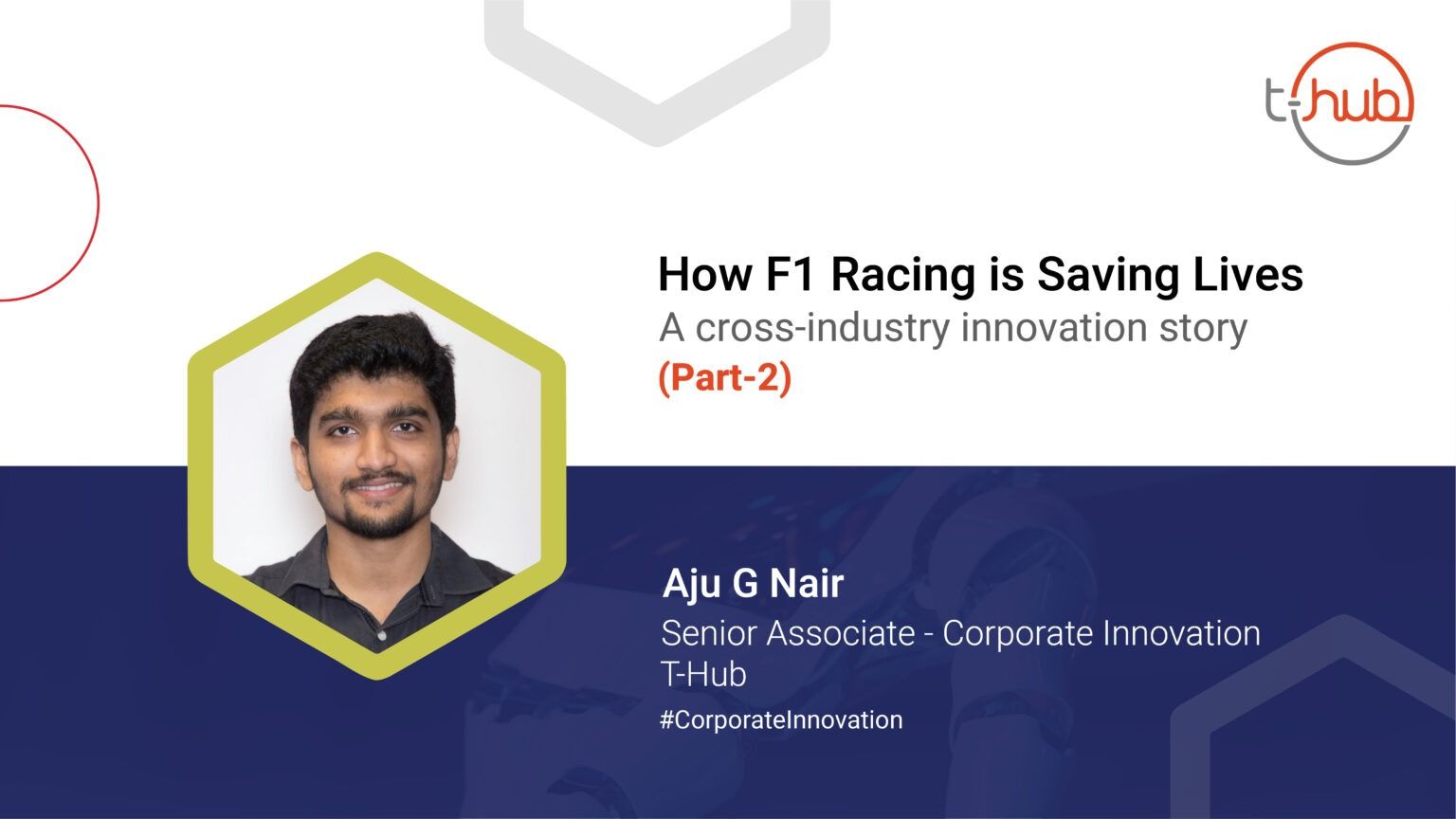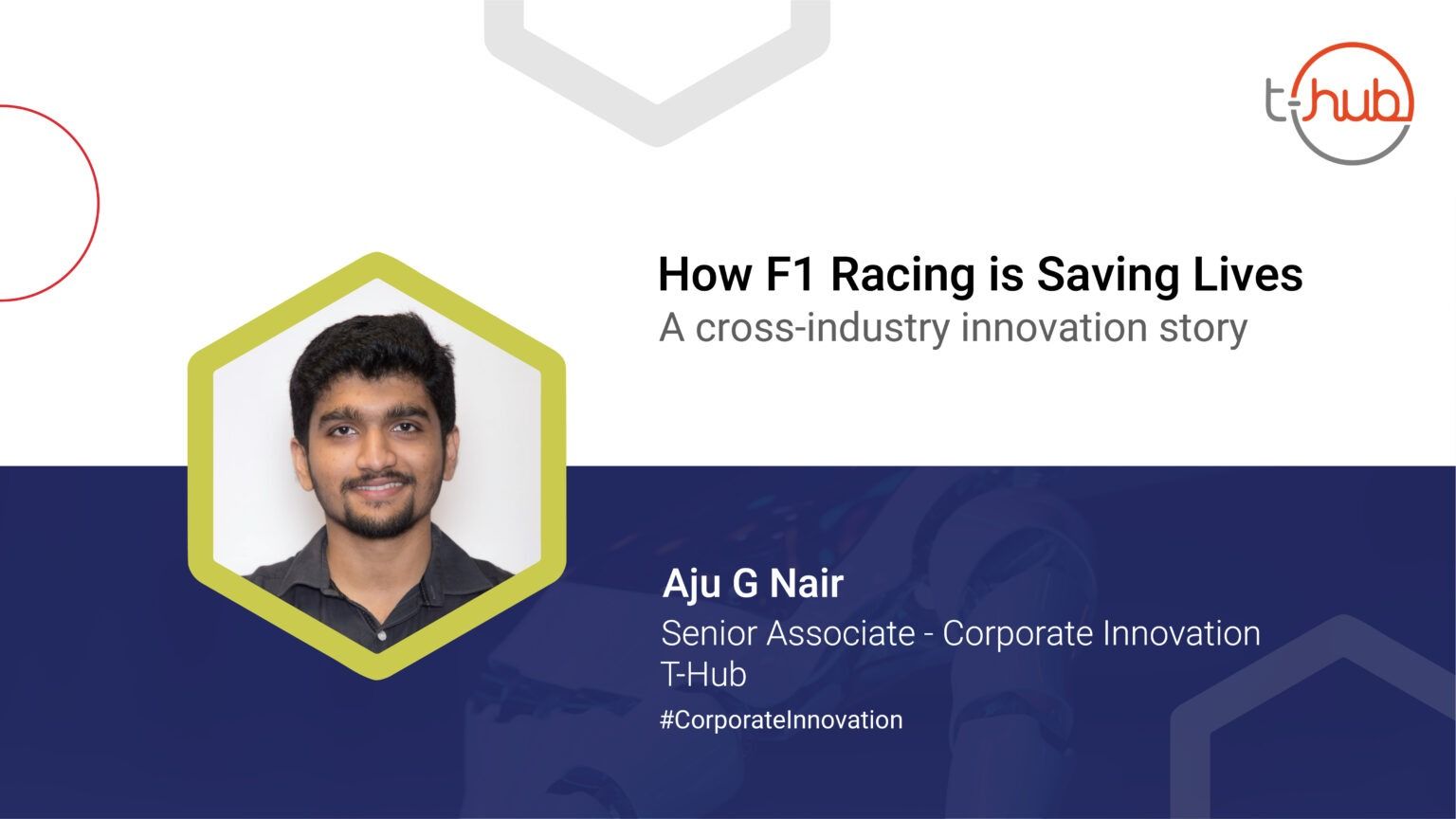Formula 1 is a data driven sport. Formula 1 teams use top-of-the-range Telemetry systems which monitor 150,000 measurements a second from over 200+ sensors on the car. These are analysed and adjustments can be made. This has led to the development of a human telemetry system, which can be used by doctors to monitor patients taking part in clinical trials. Wireless body sensors are used to record the heart rate, ECG, temperature, blood, oxygen and respiration activity. From Ventilator to McDonalds drive through, we are increasingly finding that Formula One know-how and technology can benefit other industries and Healthcare is a fine example of this. Below we are exploring some cross industry innovations in formula 1 and Healthcare.
Business Challenge for NHS Hospitals
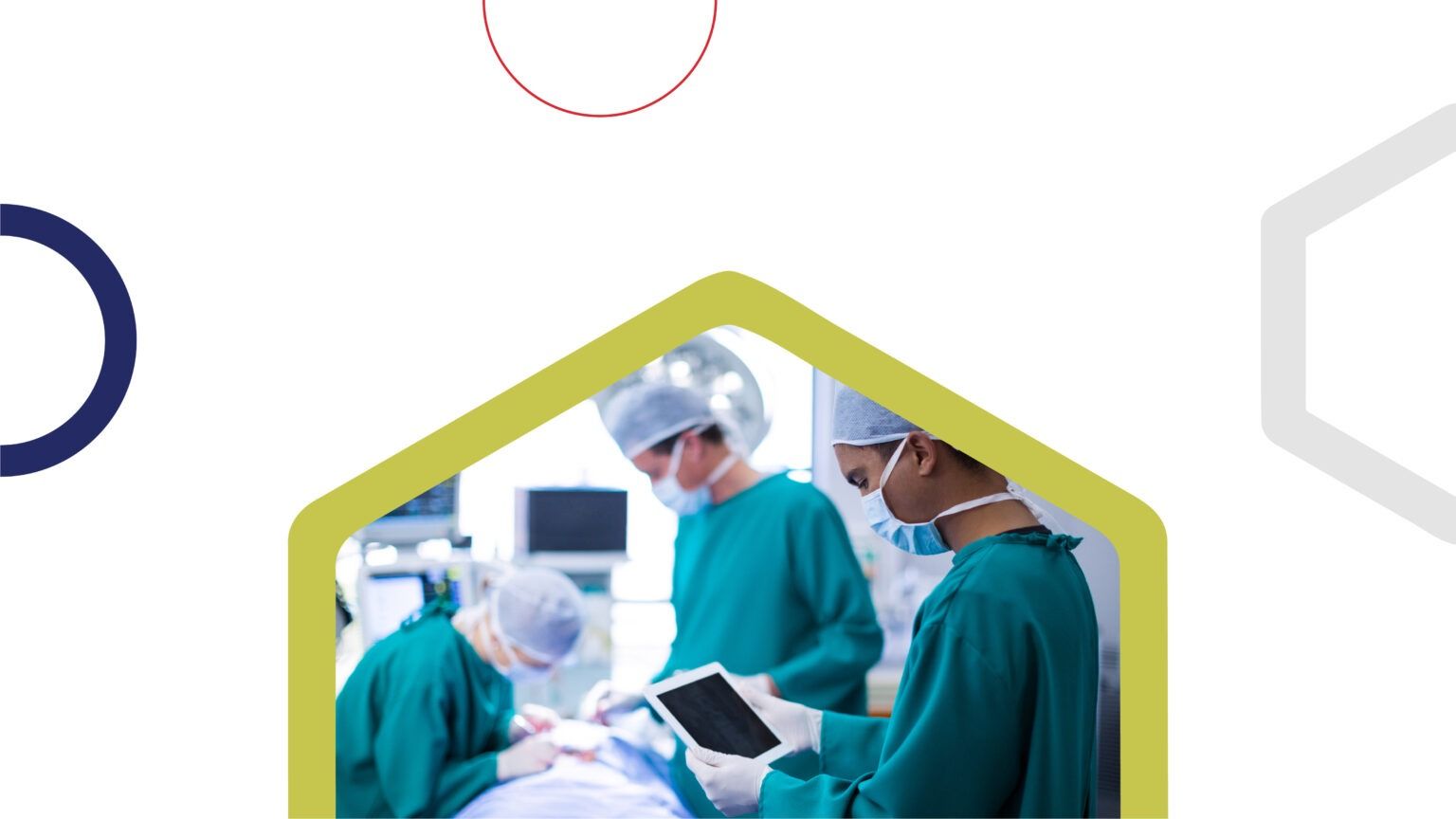
Monitoring the patients round-the-clock for vital body changes and deterioration. Traditionally, such vital signs are recorded by nurses on paper every 4 hours. McLaren used its extensive and unique expertise in “real-time data collection and analysis” and collaborated with NHS to launch one-of-its-kind project. It is called The Real-Time Adaptive and Predictive Indicator of Deterioration Project (RAPID). McLaren used SAP-HANA Database to analyse the Big-Data produced by the telemetry sensors hooked to the patients and medical devices. These sensors are also used in Formula-1 racing cars to record countless data points during a race.
Diagnosis Process
The bio-telemetry unit, hence, formed by combining wireless F1 sensors with NHS diagnostics technology, the RAPID project can now monitor the patients round the clock. The moment the graphs for vital body processes go up or down the prescribed values, the alert system notifies the doctors immediately. This helps in a quicker and better response from the doctors that, in turn, is extremely crucial to save lives. Doctors can monitor the congenital heart ailments better, given the continuous monitoring of the heart. Tracking even the smallest amount of deterioration towards a cardiac arrest provides doctors with earlier warning signs. This enables the doctors to take precautionary and “in time” measures to avoid heart-attacks in patients.
All terrain manual wheelchair
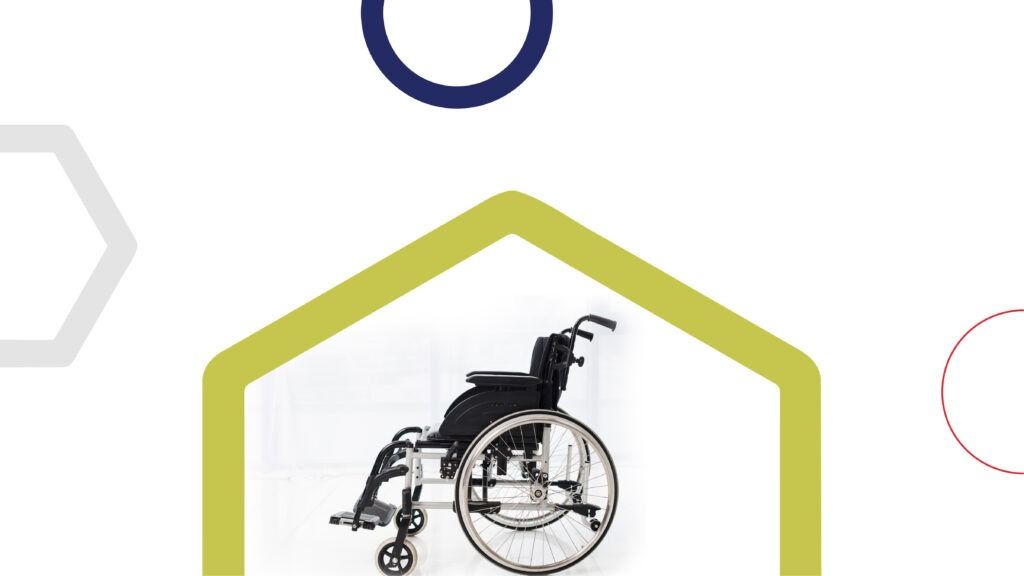
The most direct way in which Formula 1 has influenced medicine is the development of the “K-2 all terrain manual wheelchair”. Designed using the same principles that are applied to a Formula 1 car, the wheelchair goes twice as fast as existing models and can cope with challenging terrains. The heart of a racing car is a carbon fibre shell, the “monocoque”, which provides the frame to attach the car’s structural components to. It also encases and protects the driver. The shape and design of the “monocoque” have been applied to the shape of the wheelchair, making it strong, lightweight, and comfortable.
Gen3 leg brace to reduce damage and injuries to the knee
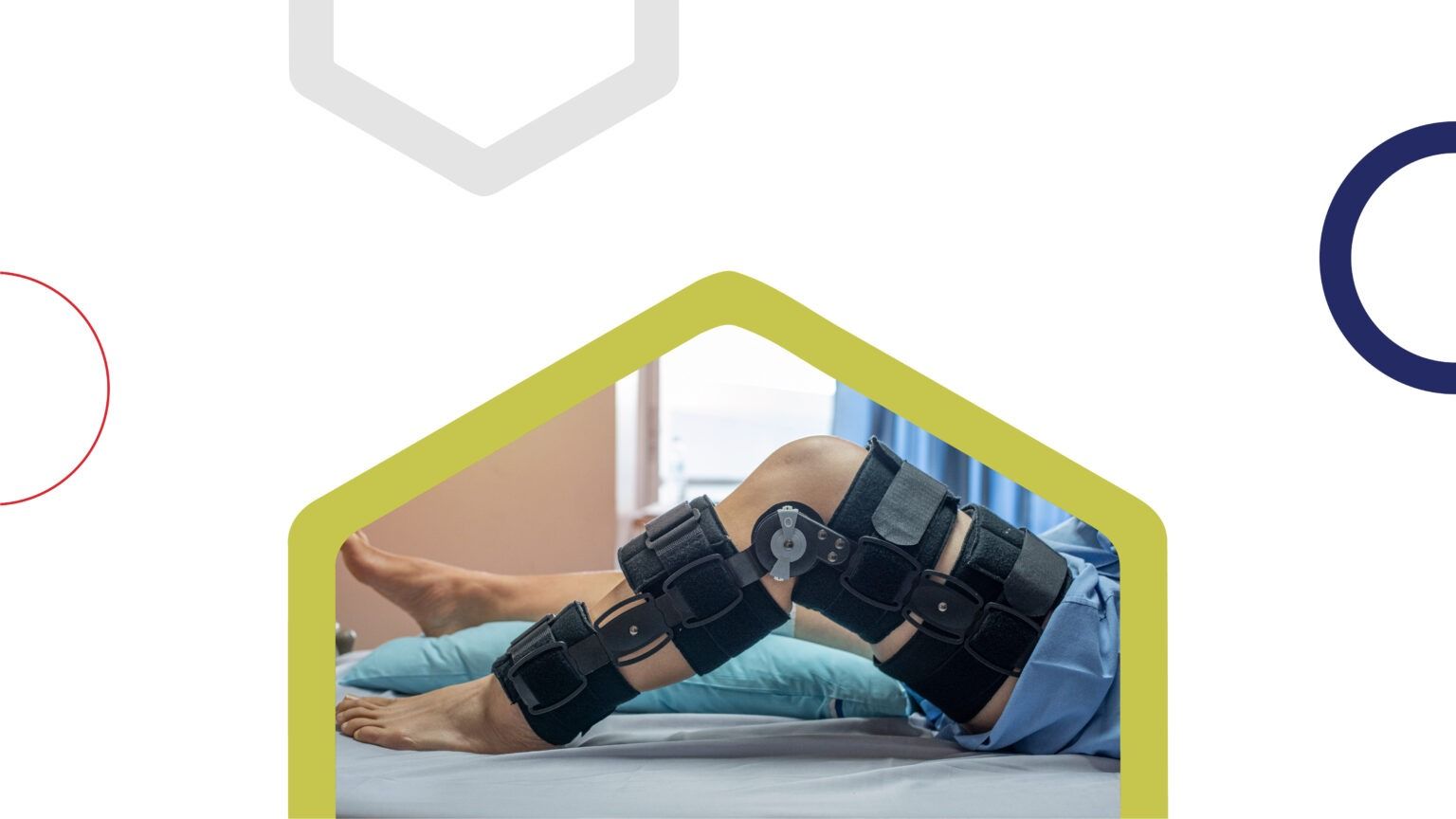
This is a lightweight leg support, which is used to reduce damage and injuries to the knee. The principles behind it come from the technology used to keep Formula 1 cars on the road. Formula 1 cars need to maintain maximum contact with the racetrack in order to reach top speeds. Hydraulic dampers absorb the energy of any bumps to keep the car on the road. The leg braces are being used by US Marines who work on fast moving boats. Their knees absorb the impact of the movement, which is the equivalent to jumping off a 2 ½ m wall every few seconds. The brace can also be used to help heal knees post surgery.
Diagnostics tool for patient sitting inside capsules
Another innovative design to capture healthcare data is the “Ovei Wellbeing Capsule 2009”. This immersive diagnostics tool is used to take readings when the patient sits inside the capsule. The data are then sent to doctors, therapists, and psychologists around the world, in real time, so they can suggest the diagnosis and treatment. It was designed by Lee McCormack with the help of McLaren engineers. The design of the capsule was modelled on racing car principles. It is made of carbon fibre composites which are strong and lightweight, therefore eliminating the need for internal structures. The capsule is kept cool, despite the amount of hi tech equipment inside, by an internal air flow similar to that of Formula 1 cars.
I am sure your mind is now able to think laterally and trying to create various cross industry combinations to find creative and innovative solutions. Teams at T-Hub are trained to support corporations and their employees to don this mindset. Check out T-Lex bootcamps by T-Hub aimed to programmatically transform employees to intrapreneurs for greater impact. Do let us know your thoughts or any other cool innovation tale.


